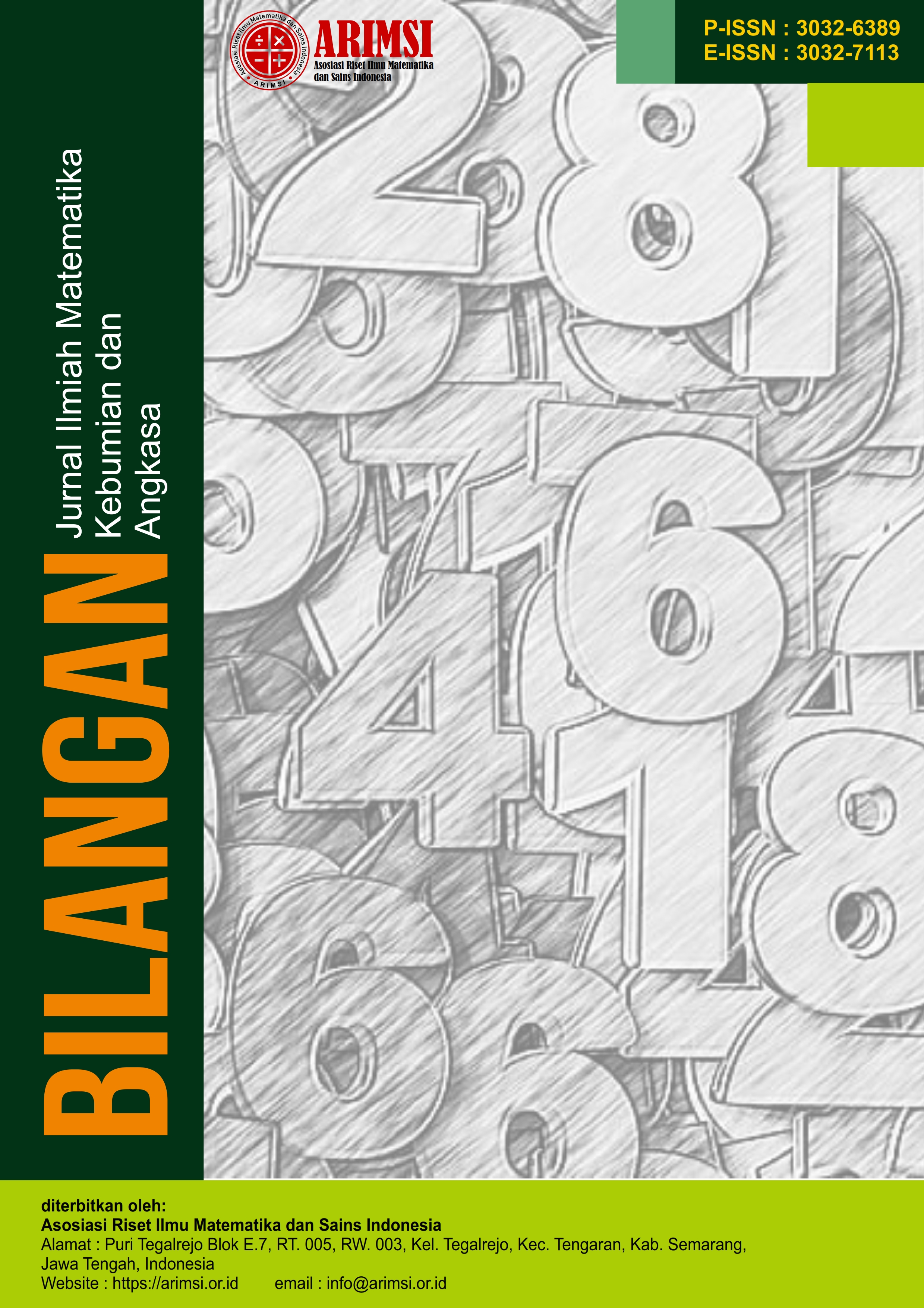Estimating the parameters of the logistic regression model using the swam algorithm for the handball team of the College of Physical Education and Sports Sciences Al-Mustansiriyah University
DOI:
https://doi.org/10.62383/bilangan.v2i6.336Keywords:
Biomechanic, Kinematic variables, Akaike Criterion, Bird Swarm algorithm, Artificial intelligence, logistic regression modelAbstract
This research investigated the biomechanical variables of movement analysis and its essential
components for handball players at the College of Physical Education and Sports Sciences, Al-Mustansiriya
University, during a league match and university qualifiers. The data was analyzed using binary logistic
regression, a mathematical model that defines the link between a dependent variable, which takes the value
of one when a goal is scored against the opposing team and zero when no goals are scored, and independent
factors.
The bird swarm algorithm will be used in this research. It is one of the artificial intelligence
algorithms that rely on the intelligence of living flocks by monitoring their movements, such as birds, bees,
cats, chickens, and many other swarm algorithms.
The conclusions we reached from this study are as follows: When using logistic regression, we found
only four explanatory variables that affect the dependent variable. They are detailed as follows: The two
explanatory variables (The maximum height of the hip and Flight time until leaving the ball) and the
dependent variable (shooting) have an inverse relationship and affect it. The two variables (Knee angle at the
moment of thrust and The instantaneous speed of the ball) have a positive relationship with aiming and affect
it.
When we used the Bird Swarm algorithm, we found that all the explanatory variables included in the
study had a significant effect on the dependent variable. The variables (Knee angle at the moment of thrust,
Rising angle, Flight angle, The instantaneous speed of the ball, and the horizontal distance of the
performance) have a positive relationship, with the dependent variable (shooting). In contrast (The maximum
height of the hip and Flight time until leaving the ball) have an inverse relationship with the dependent
variable.
Using the logistic model helps sports coaches and researchers to estimate and predict models,
especially when the dependent variable takes values (one or zero). In contrast, we noticed that the results
were more accurate and objective when using the bird swarm algorithm. It further helps academics, those
interested in sports, and coaches benefit from these results.
Downloads
References
Shehada, Mohammed. "Statistical Inference on The Multinomial Logistic Regression Coefficients With Application الاستدلال الإحصائي حول معاملات الانحدار اللوجستي متعدد الحدود مع التطبيق." PhD diss., Al Azhar University Gaza, 2015.Bull, S.B., Lewinger, J.P. and Lee, S.F. (2007), ―Confidence intervals for multinomial logistic regression in sparse data‖, STATISTICS IN MEDICINE Statist.; 26:903–918.
Sperandei, Sandro. "Understanding logistic regression analysis." Biochemia medica 24, no. 1 (2014): 12-18.
Stoltzfus, Jill C. "Logistic regression: a brief primer." Academic emergency medicine 18, no. 10 (2011): 1099-1104.
Kennedy, James, and Russell C. Eberhart. "A discrete binary version of the particle swarm algorithm." In 1997 IEEE International conference on systems, man, and cybernetics. Computational cybernetics and simulation, vol. 5, pp. 4104-4108. ieee, 1997.
Varol Altay, Elif, and Bilal Alatas. "Bird swarm algorithms with chaotic mapping." Artificial Intelligence Review 53, no. 2 (2020): 1373-1414.
Xu, Chuangbiao, and Renhuan Yang. "Parameter estimation for chaotic systems using improved bird swarm algorithm." Modern Physics Letters B 31, no. 36 (2017): 1750346.
Kwak, Chanyeong, and Alan Clayton-Matthews. "Multinomial logistic regression." Nursing research 51, no. 6 (2002): 404-410.
Hilbe, Joseph M. Practical guide to logistic regression. crc Press, 2016.
Musa, Ons Edin, and Sabah Manfi Ridha. "Semi-parametric regression function estimation for environmental pollution with measurement error using artificial flower pollination algorithm." International Journal of Nonlinear Analysis and Applications 13, no. 1 (2022): 1375-1389.
Kaipa, Krishnanand N., and Debasish Ghose. Glowworm swarm optimization: theory, algorithms, and applications. Vol. 698. Springer, 2017.
Jabr, Nisreen Abd Alhadi. "Pattern Recognition of Human Fingerprint Utilizing an Efficient Artificial Intelligence Algorithm." In International Conference on Signals, Machines, and Automation, pp. 569-578. Singapore: Springer Nature Singapore, 2022.
Houssein, Essam H., Mohammed M. Ahmed, Mohamed Abd Elaziz, Ahmed A. Ewees, and Rania M. Ghoniem. "Solving multi-objective problems using bird swarm algorithm." IEEE Access 9 (2021): 36382-36398.
Yang, Han, Tao Chen, and Nan-jing Huang. "An adaptive bird swarm algorithm with irregular random flight and its application." Journal of Computational Science 35 (2019): 57-65.
Hajim Shani Odeh, Yaroub Abdel Baqi and Hossam Muhammad Jaber, "Analysis of the relationship between some kinematic uses in the performance of shooting from the reel jump". the. Al-Qadisiyah Journal of Physical Education Sciences, 2009.
Downloads
Published
How to Cite
Issue
Section
License
Copyright (c) 2024 Bilangan : Jurnal Ilmiah Matematika, Kebumian dan Angkasa

This work is licensed under a Creative Commons Attribution-ShareAlike 4.0 International License.





